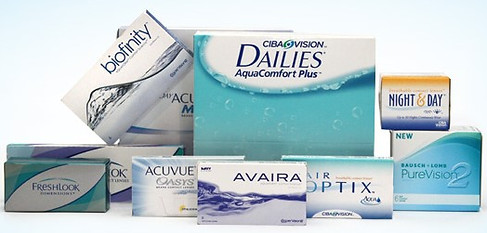Contacts
Valid contact lens prescriptions are always welcome.
Texas law requires that contact lens presciptions contain
"sufficient information for the complete and accurate filling of a
prescription, including the following:
(A) Name of the patient.
(B) Date of examination.
(C) Issue date and expiration date of prescription.
(D) Name, postal address, telephone number, and facsimile telephone number of prescriber.
(E) Power, material or manufacturer or both.
(F) Base curve or appropriate designation.
(G) Diameter, when appropriate.
(H) In the case of a private label contact lens , name of manufacturer, trade name of private label brand, and, if applicable, trade name of equivalent brand name."
There are many brands of contacts, and each brand has unique features that may make it the best one for you; however, there is no one brand that is best for everyone. That is why contact lens prescriptions are brand-specific and why Texas law doesn't allow anyone other than your physician to randomly change your type on contact lens.
A few factors that determine the best contact lens brand for you may include:
Base curve. The base curve is the primary fitting curve on the back surface of the contact lens. This curve should be nearly the same as the curvature of the front surface of your eye (cornea). By conforming well to the center of your cornea, the lens surface will be smooth and uniform for clear, undistorted vision.
Diameter. The diameter of a soft contact lens is important for lens centration and comfort.
Power. Some contact lens brands feature extended power ranges for high amounts of nearsightedness and farsightedness. If you need a strong correction, these brands may be best for you.
Astigmatism design. If your prescription requires astigmatism correction, different brands have different designs to ensure proper alignment of the toric powers and to reduce lens rotation during blinks and changes in head position.

